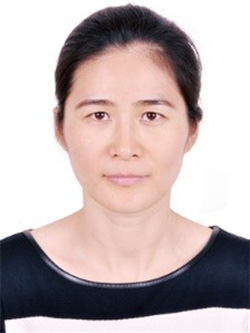
Dr. Qiuya Tu
Institute of Engineering Thermophysics, Chinese Academy of Sciences
E-mail :tuqiuya@iet.cn
Qiuya Tu received her Ph.D degree from University of Florida in December 2012, major in Mechanical Engineering. After working in Halliburton as a senior technical professional, she joined the Institute of Engineering Thermophysics, Chinese Academy of Sciences in 2015 as an assistant professor, focusing on the gas-solid multiphase flow, specialized in the fundamental research of CFD simulation of gas-solid flow and their application, experimental measurement, and mechanism study of particle mixing, wetting, and drying process in fluidized bed. She has published more than 30 peer-reviewed papers, and is a member of the Youth Committee of Process Simulation and Simulation of the Chemical Industry and Engineering Society of China.
Title: Application of three-dimensional full-loop CFD simulation in CFBs
Abstract: Circulating fluidized beds (CFBs) have been widely applied in coal combustion and gasification industry due to their excellent performance in terms of fuel flexibility and effectiveness of emission control. However, due to the lack of a deep understanding of the inherently complex gas-solid flow hydrodynamic behavior, the design, optimization, and scale-up of CFBs are underdeveloped. Computational fluid dynamics (CFD) has become as a promising method to study CFBs, including understanding the complex hydrodynamics of gas-solid fluidization characteristics, exploring the underlying mechanism of gas-solid flow, and optimizing the design of CFB as well as scaling up. This paper reviews the application of three-dimensional full-loop CFD simulation in “cold” flow CFBs. Firstly, detailed CFD models and some key issues related with the interphase drag model as well as turbulent models are discussed. Secondly, flow dynamic characteristics in different flow regimes and components in CFBs, i.e., riser, riser exit, cyclone, standpipe and loop-seal, are reviewed and discussed. Most of the CFD simulation results are validated with available experimental data, but there are still lots of problems existed and needs to be solved for the accurate CFD simulation of CFBs. Finally, the future challenges and development trends in the full-loop CFD simulation for CFBs are highlighted. This comprehensive review will provide valuable information for the design, optimization and scale-up of CFBs.